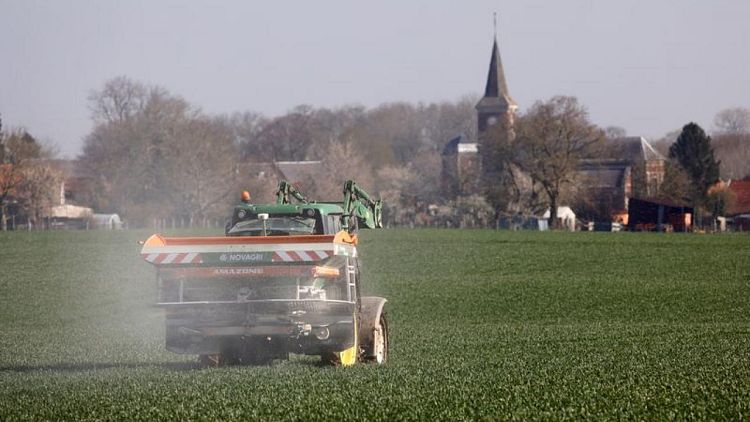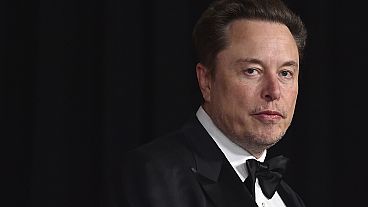By Kate Abnett
BRUSSELS - European Union negotiators were attempting to clinch a deal on Friday to reform the bloc's huge farming subsidy programme, to make it greener and support smaller farms.
The Common Agricultural Policy (CAP), worth around a third of the EU's 2021-2027 budget, will spend 387 billion euros ($474 billion) on payments to farmers and support for rural development. The new rules will apply from 2023.
Farming accounts for 10% of EU greenhouse gas emissions, but the 27 EU member states and the European Parliament have been squabbling for three years on what to do about it.
Roughly 80% of CAP payments go to 20% of the beneficiaries, mostly big landowners and agro-industrial firms, and the reform is also intended to route more money to smaller farms.
Here are the key issues:
ECO-SCHEMES, GREEN STANDARDS
The new CAP would require countries to spend 20% of payments to farmers from 2023-2024, and 25% between 2025-2027, on "eco-schemes" that protect the environment, according to a draft agreement seen by Reuters on Friday.
Any funds below those limits that are not spent on eco-schemes must be spent on green measures in other areas. Eco-schemes could, for instance, mean restoring wetlands to absorb CO2, or organic farming.
Parliament had wanted a 30% share, while member states' starting point was 20%.
All payments would be tied to minimum environmental rules, such as farmers setting aside at least 4% of arable land for areas where nature can thrive, or rotating crops annually to boost soil health.
Some EU lawmakers said the rules contained big loopholes. Campaigners said the deal lacked a clear definition of an "eco-scheme", thus failing to ensure that money would not go to more polluting farming practices.
NATIONAL PLANS
Each country must submit a plan for spending its share of the CAP to the European Commission, which will assess whether it meets legally-binding EU targets.
These could include the bloc's aim to cut net greenhouse gas emissions 55% from 1990 levels by 2030, but are unlikely to include targets that are not yet legally binding, such as halving the use of chemical pesticides by 2030.
SMALLER FARMS
A major goal is to stop the decline of Europe's small farms.
The draft agreement would oblige each EU country to redistribute a minimum 10% of payments to farmers to smaller farms.
Countries could dodge this requirement if they use other methods to distribute the funds fairly - something member states had pushed for in the talks.
Parliament had pushed, unsuccessfully, for an annual cap of 100,000 euros per beneficiary.
WHO COUNTS AS A FARMER?
The new CAP will limit who is defined as an "active farmer" and can receive subsidies - another attempt to stop large businesses and landowners sucking up money.
Parliament had sought a definition that would exclude large-scale processors of agricultural products, and stop funds going to non-agricultural businesses such as waterworks or railway services.
Negotiators are also considering a requirement for countries to hand roughly 3% of farm payments to young farmers, to help attract new talent.
Also under discussion are standards for working conditions in farming and a crisis fund in case agricultural markets are disrupted by an emergency such as a pandemic.
($1 = 0.8173 euros)



